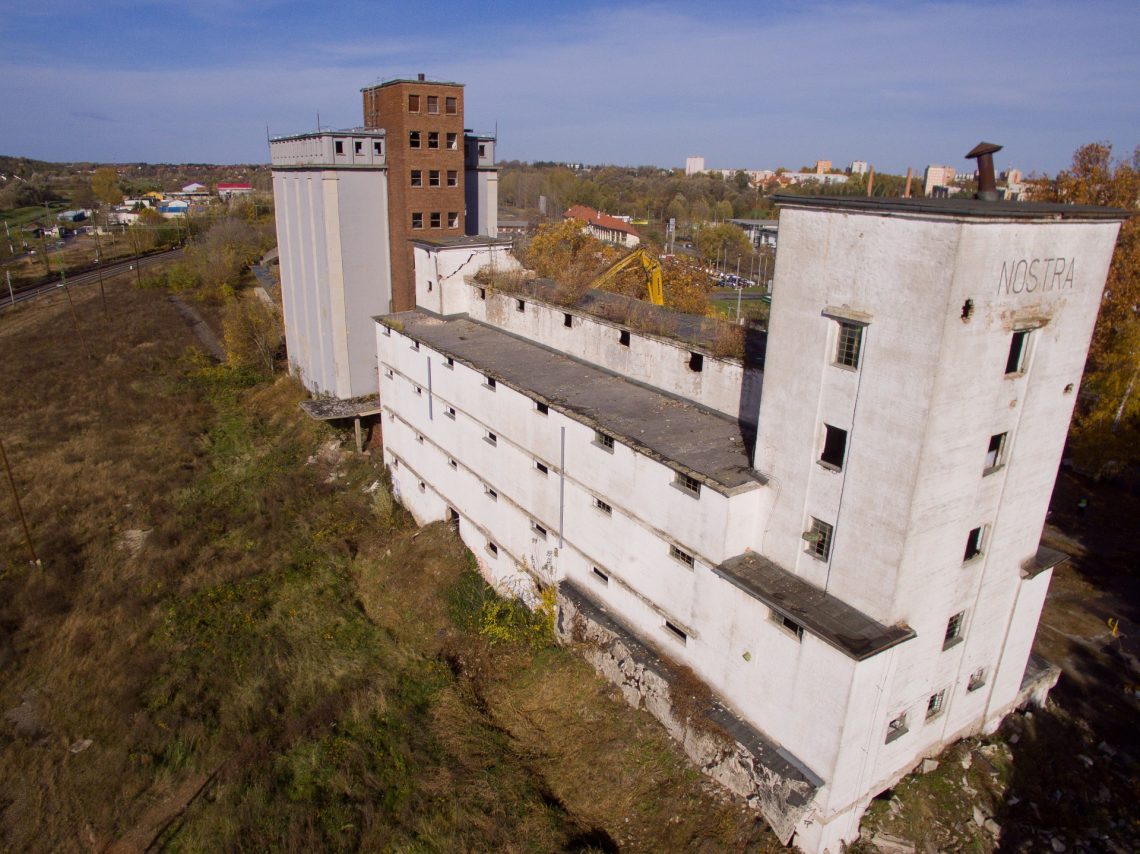Research & Studies

The article was written by Mariann Szabó, iASK researcher and Fruzsina Bozsoki. It was released in Journal of Risk and Financial Management, p. 59-77., in 2022.
It was also released in an edited volume by Daniela Jelinčić, published by MDPI in 2022.
In the current research we aim to analyse the public redevelopment projects financed in Hungary from the Territorial and Settlement Development OP between 2014 and 2020, with special focus on cultural use. Brownfield redevelopment is a major topic in an urban development context from an urban sustainability, circularity, and creative urban/regional development point of view. Within the examined period, 39% of the brownfield redevelopment projects have cultural ties. A detailed introduction of the cases highlights the importance of landscape-oriented spatial strategies, temporary use, and mixed land use options in redevelopment for long-term viability. The original function of redevelopment projects encompasses a wide range. We could find industrial rownfields from the 19th century to agro-food facilities from the soviet era, which proves that the allocation of ERDF funds for brownfield redevelopments helped the rehabilitation of those sites hich are important in showcasing Hungarian history.
Keywords: brownfield redevelopment; cultural use; public funds; Hungary; post-socialist transformation; circular urban development
The article is available with full text HERE.
© 2017-2023, All Rights Reserved